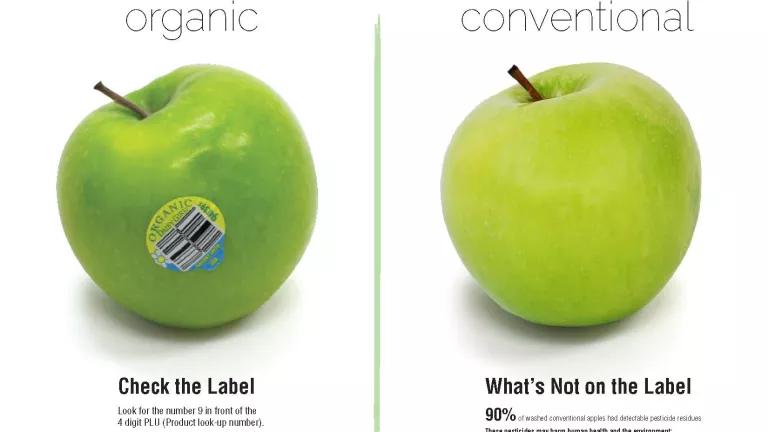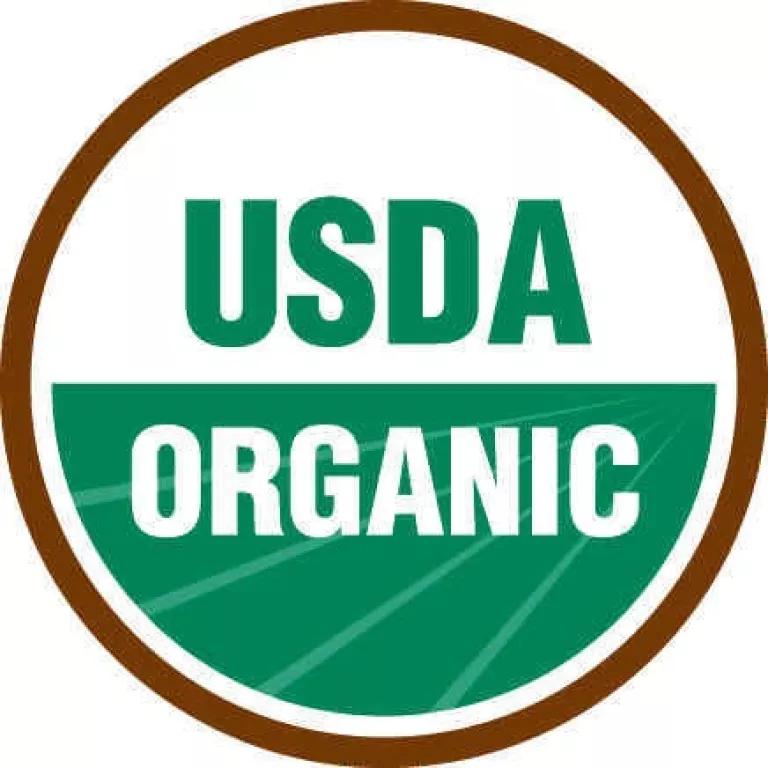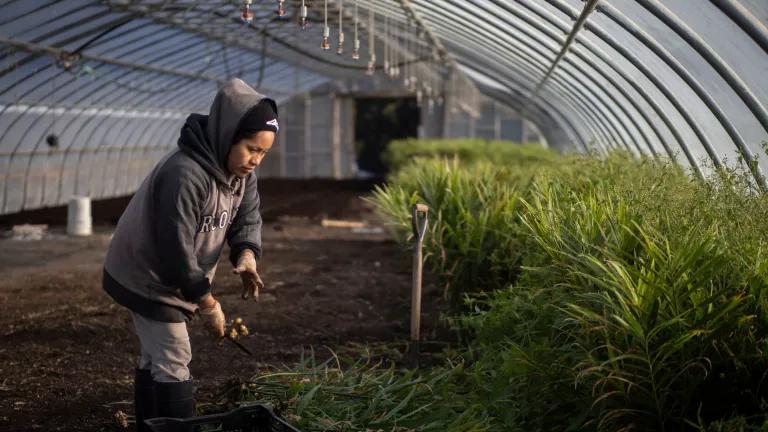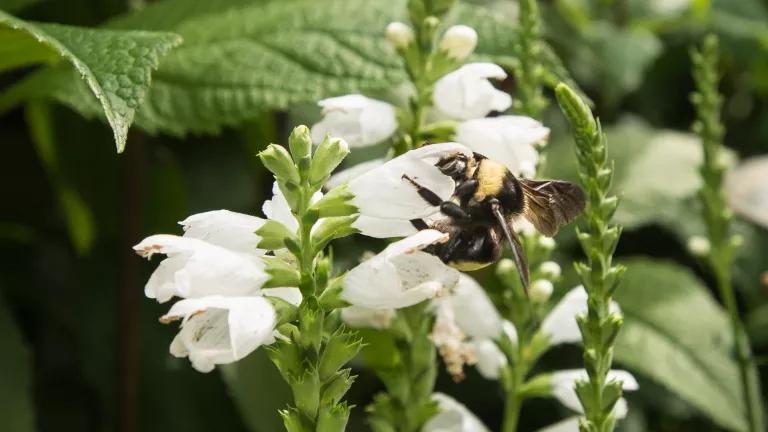Organic Means Healthy People and Healthy Soils

Here at NRDC, we believe everyone should be able to eat safe, healthy, and sustainably grown food that nourishes our bodies and protects public health. That’s why we’ve advocated for decades to get the most toxic chemicals out of our food system—including dangerous pesticides like brain-toxic chlorpyrifos, cancer-linked glyphosate, and pollinator-threatening neonicotinoids.
Unfortunately, the vast majority of food produced in the U.S. is still grown using synthetic pesticides. These chemicals act as band-aids at best, with long-term costs to our health and the environment. Fortunately, organic agriculture offers a promising, healthier option.
The certified “organic” label provides the best assurance we have today that our fruits, vegetables, grains, and other staples were produced without most synthetic pesticides, including the dangerous chemicals mentioned above. This not only means that organic foods have fewer pesticide residues—it also guarantees safer environments for farm workers and farming communities, as well as wildlife. As NRDC and our allies continue to fight to end the use of dangerous chemicals in agriculture, organic farmers show us that our food system can thrive without them.But the benefits of organic go beyond eschewing fossil-fuel based pesticides, fertilizers, and other dangerous inputs that poison people and our environment. Organic agriculture and the policies behind it also embody a variety of regenerative farm management practices that build soil health, mitigate climate change, and protect air, water, habitat for wildlife, and economic stability for farmers.
So, what exactly does the “organic” label mean?
Under the Organic Foods Production Act of 1990 and the U.S. Department of Agriculture’s (USDA) National Organic Program, only foods grown and handled according to strict rules can be labeled “organic.” Organic foods must be produced without most synthetic pesticides and fertilizers and without the “big 3”: GMOs, sewage sludge, and exposure to radiation.
Organic food animals are raised on organic feed, with no growth hormones or antibiotics, and they must have access to the outdoors.
Organic farmers are also required to “maintain or improve” their soil, using soil-building practices like cover cropping and crop rotation. These practices help prevent erosion and water pollution, and they fight climate change by pulling carbon out of the atmosphere and storing it underground.

To top it off, organic producers document all of these practices in detailed records, to show third-party certifiers that they follow the rules—every single year. Organic crops may also be randomly sampled to verify the absence of pesticide residues.
And what makes organic particularly unique is the strong regulatory system that backs it up. The organic label offers the best available assurance that food was produced in ways that protect public health and the environment because it has a clear, legal meaning and the force of federal law behind it. That’s in contrast to vague, undefined labels like “natural” that remain unregulated by the government and therefore lack public accountability.
Then why aren’t we all eating organic?
Even in the face of these broad health and environmental benefits, organic food remains out of reach for many people, due to cost, availability, and other factors. The cost of food, in particular, presents a tricky problem. Much of the food we eat is artificially cheap, due both to a wide range of public subsidies, as well as laws and norms that do not require farmers to shoulder the full costs of labor, water and air pollution, soil depletion, and other environmental and health harms. At the same time, 15 million U.S. households aren’t sure where their next meal will come from; for many, paying more for food is simply a non-starter.
While we can’t solve this problem on our own, NRDC is working to help everyone eat safe, nutritious, and sustainably grown food by advocating for policies that: reward healthy farming practices, invest in organic research and keep organic certification affordable, support the transition of more acreage to organic, and make organic food available in many more public schools.
Organic remains the fastest growing food sector for good reasons. With a little help, we’re confident that these healthier foods will fill more and more plates across the country.
A single solution to many problems
Organic agriculture offers too many health and environmental benefits to cover just one blog, so this is the first in a series that will explain how organic farming:
- Keeps food free of harmful pesticide residues
- Stops exposing farm workers and their communities to toxic chemicals
- Builds healthy soil
- Protects pollinators and promotes biodiversity
- Saves antibiotics for humans
- Reduces water contamination
- Combats climate change and makes farms more resilient
- Encourages creativity and innovation
As I dig deeper into these topics, I hope the big picture will become clear: organic farmers are building a more resilient food system that can feed us safe, nutritious food, while also protecting public and environmental health. It’s up to all of us to support policies that ensure that everyone enjoys these benefits.




